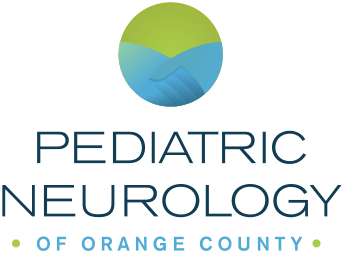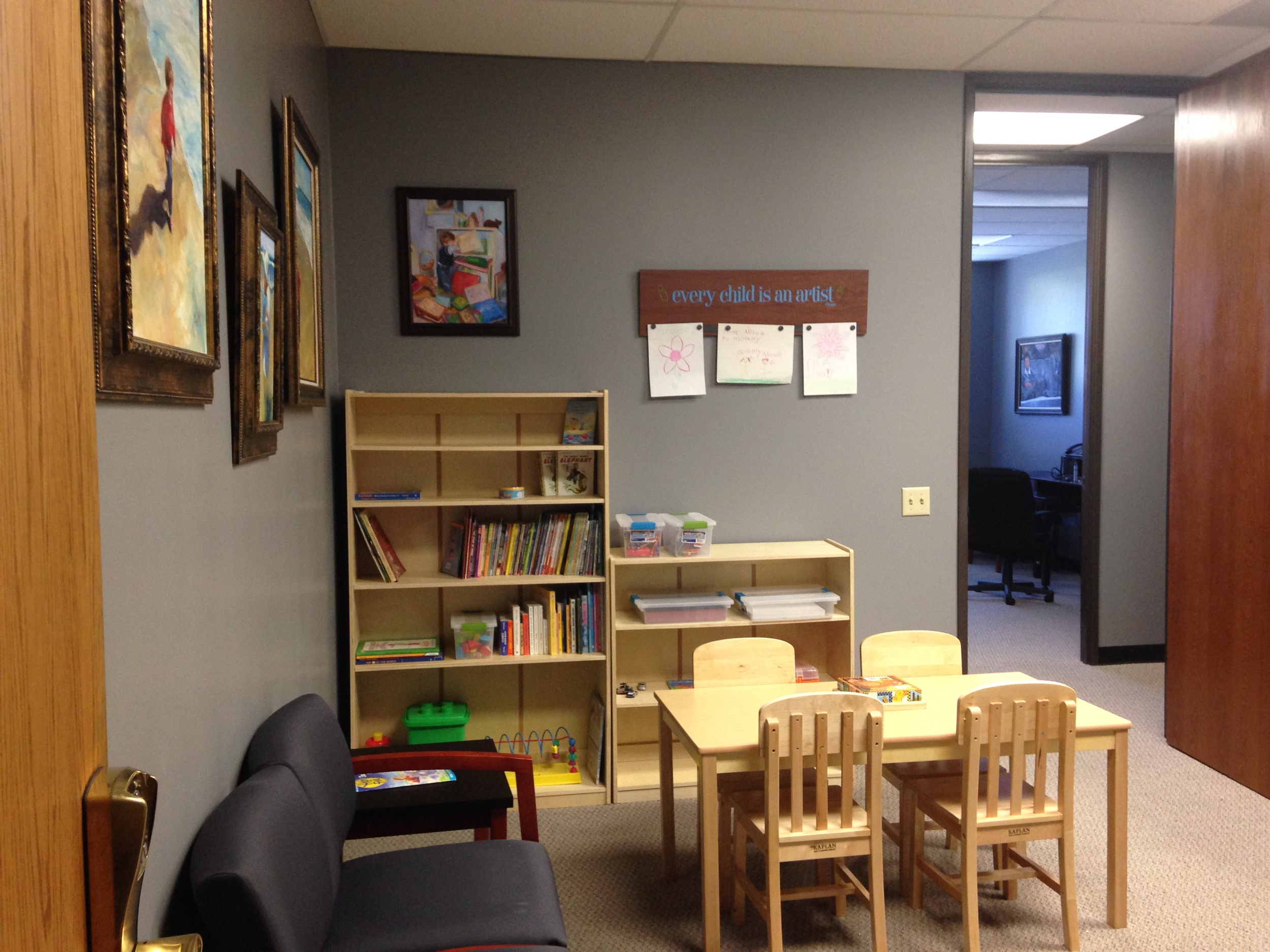What YOU Can Do To Have Fewer Migraines!
/Migraine management requires a team approach. Excellent results are often seen when patients, families, and providers work together to decrease migraine frequency and severity. As a migraine sufferer, there are lifestyle changes you might be able to make to help you take control over your headaches. As a doctor, I have medications that can help; however, the medications will not be as effective if other measures are not taken.
Globally, these measures are the same for every migraine sufferer. The specifics, however, differ for each person.
“What are those measures,” you ask?
Keep a headache diary. To help determine your specific triggers, it helps to keep a diary. When you get a headache, think about and write down what might have triggered it. Think about the foods you might have eaten that day, about any weather changes or other environmental triggers. Think about your sleep patterns, and about any stress or relief from stress. Think about your exercise, hydration, and diet….and write it down. This will help you recognize patterns that you might otherwise miss. If you can identify what triggers your migraines, you can potentially avoid that trigger and the subsequent headache.
Attempt to recognize and avoid triggers. Triggers for migraines are very patient-dependent. What causes a migraine in one person might or might not in another. It is important to try to identify your specific triggers.
Common migraine triggers include:
By ProjectManhattan (Own work) [CC-BY-SA-3.0 (http://creativecommons.org/licenses/by-sa/3.0)], via Wikimedia Commons
Foods such as:
Chocolate, cocoa, alcohol, caffeine, raisins, certain beans, sauerkraut, garlic, onions, olives, pickles, yeast breads and pastries, processed meats, soy sauce, food with nitrates, nitrites, tyramine, canned soup, MSG, Nutrasweet, ramen noodles, sour cream, buttermilk, cheeses other than American, cottage, ricotta, or Velveeta.
Weather changes
Many people get headaches with changes in the barometric pressure, extreme heat or cold, or in humidity. These headaches are often attributed to issues related to allergies or sinuses. The headache can occur just because of the weather changes; they can also be triggered by allergies or sinus congestion. This is a trigger that you often can’t avoid, but it still helps to know that it exists.
Change in sleep routine
This is a big one for our teenagers. In migraine prevention, the number of hours of sleep is important, however it is even more important that the sleep hours are regular. In other words, you need to go to bed and wake up at the same time EVEN ON WEEKENDS. You might notice that if you go to bed at a different time, wake up early, OR SLEEP IN, a headache will be triggered. Regular sleep patterns are essential for every migraine patient.
(It is also important to get good quality sleep. Let your doctor know if you snore or have difficulty sleeping)
Dehydration
Dehydration is one of the most common reason children and adolescents get headaches. It is important that you remain hydrated through the day. This often means carrying a water bottle with you through the school day. This also means drinking water, milk, and occasional juice rather than dehydrating caffeinated beverages. It is especially important to be vigilant during the summer months and sports seasons.
Skipped meals
Your brain needs nutrients to function. You will get a headache if you skip meals, and it will be hard for your brain to recover if it is not getting food (and once you get a headache, it’s likely you wont want to eat). Three meals a day is a MUST and eating small snacks between is ideal. YOU MUST EAT BREAKFAST, even if it is small.
Stress or relief from stress
Your mind and body are intricately connected. Your cheeks might turn red when you are embarrassed. You likely sweat more and shake when you are nervous. For people with migraines stress can cause headaches. This can be acute stress, accumulated stress, or even stress related to repressed or unrecognized emotions. Even more interesting is that you can get a headache as your stress is relieved (for example: weekends, vacations, ending a project or stressful task like presentations, papers, or exams).
Too much or too little caffeine
Caffeine is tricky. Drinking a lot of caffeine can give you a headache. If you are someone who drinks a lot of caffeine, stopping or slowing down your caffeine intake can lead to a headache. However, if you do not drink caffeine on a regular basis, having caffeine at the onset of a headache can actually help prevent it from getting worse (Excedrin has caffeine in it).
The recommendation is less than 200mg/day. That is about equal to 8oz of brewed coffee, a 16oz latte or cappuccino, or 2 espresso shots. Espresso has less caffeine than a brewed coffee because it is a smaller “dose.”
Overuse of medications
Using any rescue medicine more than a few times a week for more than a couple of weeks can actually lead to headaches. This includes Tylenol, Motrin, Excedrin, or any of the medicines that might be prescribed for you to shorten the duration and intensity of a headache when it occurs.
In addition, exercise has been shown to decrease frequency and severity of headaches
This does not mean you have to go out and run a marathon today. It requires about 30 minutes of moderate exercise a few times weekly. This can be walking, light jogging, swimming, yoga, horseback riding, or anything else that gets your heart rate up for 30 minutes.
http://commons.wikimedia.org/wiki/File:Respiracion.jpg#mediaviewer/File:Respiracion.jpg
In summary:
Keep a headache diary
Identify and avoid triggers
Keep life as routine as possible
Keep a sleep routine
Stay hydrated
Eat three meals daily and snacks…..THIS INCLUDES BREAKFAST!
Drink a minimal amount of caffeine.
Exercise a moderate amount at least a few days each week.
For other common migraine triggers, for information on caffeine in foods and beverages, and for more self-help information to include a sample headache diary, please see the “resources” section of my website at www.ocpedsneuro.com



![By ProjectManhattan (Own work) [CC-BY-SA-3.0 (http://creativecommons.org/licenses/by-sa/3.0)], via Wikimedia Commons](https://images.squarespace-cdn.com/content/v1/530d1c5be4b0e5f490d6eaef/1402608899138-GRKUT2WATH6M0E8ZDFWD/By+ProjectManhattan+%28Own+work%29+%5BCC-BY-SA-3.0+%28http%3A%2F%2Fcreativecommons.org%2Flicenses%2Fby-sa%2F3.0%29%5D%2C+via+Wikimedia+Commons)



















